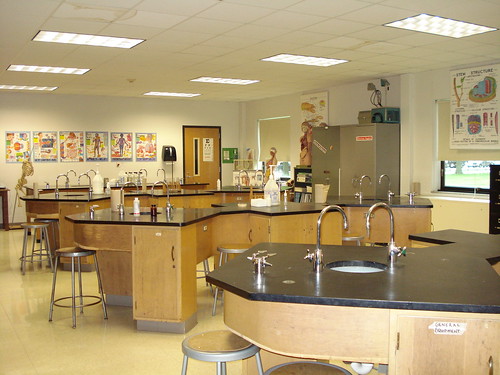
Table of Contents
February 20, 1962 – Many of our NSTA members and colleagues weren’t even born then! But it was an unforgettable event as my friends and I watched
John Glenn became the first American to orbit the Earth. There was no Internet at the time and no live Tweets—just classrooms of students huddled around black and white television sets to watch this historic event in real time. The potential of space travel became more real, and many of us dreamed of becoming astronauts, astronomers, or engineers. (John Glenn made his second space flight in 1988 at age 77!)
In this issue of
Science Scope, there are many ideas to build on students’ interest in the solar system and astronomy.
Some interdisciplinary activities I’ve seen appear superficial or contrived. But the authors of
Exploring the Solar System: Let the Math Teachers Help (three of whom are math teachers) show that big ideas in math, science, and engineering can be addressed in a study of distance and scale in the solar system. There is a day-by-day schedule and examples of data sheets. [SciLinks:
Solar System,
Inner Planets, Outer Planets] The vast distances in space are hard for students to comprehend.
Outward Bound to the Galaxies—One Step at a Time has suggestions and resources for activities that help students with this concept. [SciLinks:
Galaxies,
Telescopes]
The “reasons for the seasons” is one of the misconceptions that students (and many adults) have.
Springing Into Inquiry–Using Student Ideas to Investigate Seasons describes how to use student ideas and curiosity to deal with misconceptions through inquiry. The authors describe the before-and-after thinking of students and note that “inquiry does not mean giving students an activity; rather it involves their mental immersion into the science curriculum.” [SciLinks:
Seasons,
Science Misconceptions]
Reflecting on Students’ Misconceptions About Light also provides suggestions for dealing with student misunderstandings. [SciLinks:
Light,
Light and Color]
The moon and its phases are another source of student misconceptions. The author of
A Sun-Earth-Moon Activity to Develop Student Understanding of Lunar Phases and Frames of Reference has suggestions for getting students up and moving to explore frames of reference and to clear up misunderstandings. [SciLinks:
Moon Phases]
During a lunar eclipse a few years ago, I set up a telescope on the pavement in front of my house. Within a few minutes, there was an impromptu party as neighborhood kids (and adults) were intrigued by a close-up look.
National Astronomy Day (This year on April 28, 2012) suggests 24 learning stations that focus on the sun, moon, and planets and are appropriate for students and their families. [SciLInks:
Astronomy]
Science Teachers, We Have Digital Academic Liftoff! describes the many resources provided by NSTA Learning Center to improve teacher content knowledge and process skills. The article includes a description of the resources of NSTA Learning Center, NSTA publications, and a list of resources from NASA. Speaking of NSTA publications—check out the January edition of Science&Children and its articles related to
Earth, Moon, Sun. Many of the ideas in these articles could be adapted for middle school.
In a recent email to the EarthScience Listserve, Bob Riddle, who writes the monthly
Scope on the Skies column, gives us a heads-up about a citizen science project that integrates technology with sky watching:
Given the mild winter weather that we have been enjoying will make it even easier to participate as a citizen-scientist in the GLOBE at Night project to preserve dark skies. The GLOBE at Night project is a global effort to raise awareness of the impact of light pollution by inviting citizen-scientists to measure their night sky brightness by counting the visible stars within the constellation of either Orion the Hunter or Leo the Lion. The observation should be made during the evening hours and only during certain weeks including this week and two other weeks this winter and spring. The star count observation is then reported to the Globe at Night website from a computer or smart phone. Last year participants made more than 66,000 observations from 115 countries.
I encourage the readers to join others around the world by participating in the Globe at Night campaign this year. Not only will you contribute relevant data to this global investigation but you may also find that spending some time outside looking at our starry sky is a rather pleasant past time. For more information about the project or light pollution please visit the Globe at Night web site.



 I’m a new teacher with six classes: four biology and two ecology. The teacher’s manual for my textbooks in these subjects have many interesting lab activities, but I am having difficulty selecting and organizing them. I feel like I live at school! Do you have any suggestions?
I’m a new teacher with six classes: four biology and two ecology. The teacher’s manual for my textbooks in these subjects have many interesting lab activities, but I am having difficulty selecting and organizing them. I feel like I live at school! Do you have any suggestions?
